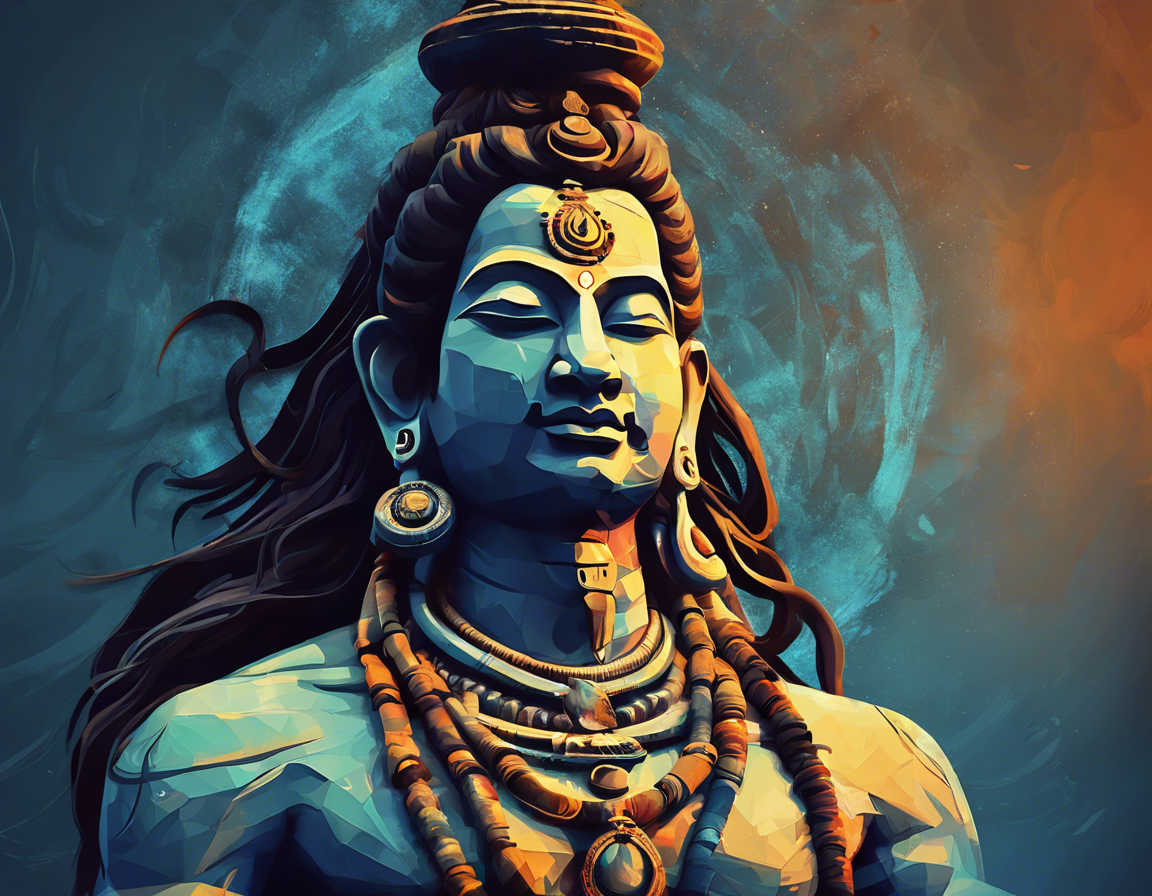2023 Mahashivratri: Date, Significance, and Celebrations
The festival of Mahashivratri holds great significance in Hindu culture and is dedicated to Lord Shiva, one of the principal deities of the religion. This auspicious day is celebrated with fervor and devotion by millions of devotees around the world. In 2023, Mahashivratri falls on Thursday, 16th February.
Significance of Mahashivratri
Mahashivratri, also known as the “Great Night of Shiva,” holds immense significance in Hindu mythology. It is believed that on this day, Lord Shiva performed the dance of creation, preservation, and destruction. Devotees observe fasts, visit temples, and offer prayers to seek the blessings of Lord Shiva.
Mahashivratri is also associated with the legend of the churning of the ocean of milk (Samudra Manthan) when Lord Shiva drank the poison that emerged during the churning to save the world. This act symbolizes overcoming obstacles and transforming negativity into positivity.
Celebrations of Mahashivratri
-
Fasting: Devotees observe a day-long fast on Mahashivratri and break it only after the night puja. Fasting is believed to cleanse the body and mind and attain the blessings of Lord Shiva.
-
Night Vigil (Jagran): Throughout the night, devotees engage in devotional songs, prayers, and chants dedicated to Lord Shiva. This night vigil is known as Jagran.
-
Abhishekam: Special abhishekam (ritual bathing) of the Shiva Lingam is performed using milk, honey, water, and other sacred substances, symbolizing the purification of the soul.
-
Offerings: Devotees offer bilva leaves, bael fruit, dhatura, and bhaang (cannabis) to Lord Shiva, as these are considered sacred to him.
-
Visiting Temples: People visit Shiva temples to seek blessings, participate in rituals, and experience the divine energy associated with Mahashivratri.
FAQ
Q1: What is the significance of fasting on Mahashivratri?
A: Fasting on Mahashivratri is believed to cleanse the body and mind and seek the blessings of Lord Shiva for health, prosperity, and spiritual growth.
Q2: How is Mahashivratri celebrated in different regions of India?
A: The festival of Mahashivratri is celebrated with unique rituals and customs in various regions of India. For example, in North India, devotees offer bhaang to Lord Shiva, while in South India, elaborate processions and temple events are organized.
Q3: What is the importance of the Shiva Lingam on Mahashivratri?
A: The Shiva Lingam symbolizes the formless Supreme Being and is worshipped as a representation of Lord Shiva. Performing abhishekam on the Shiva Lingam is a sacred ritual on Mahashivratri.
Q4: Can non-Hindus participate in Mahashivratri celebrations?
A: Yes, Mahashivratri is a festival that welcomes people from all walks of life. Non-Hindus are also welcome to participate in the celebrations, observe the rituals, and seek the blessings of Lord Shiva.
Q5: What is the spiritual significance of Mahashivratri?
A: Mahashivratri is considered a powerful day for spiritual growth and transformation. The cosmic energy is believed to be conducive for meditation, prayer, and inner reflection.
As devotees gear up to celebrate the auspicious occasion of Mahashivratri in 2023, the spirit of devotion, renewal, and spiritual awakening resonates in the hearts of millions across the globe. May Lord Shiva bless everyone with peace, prosperity, and inner fulfillment on this sacred day.


